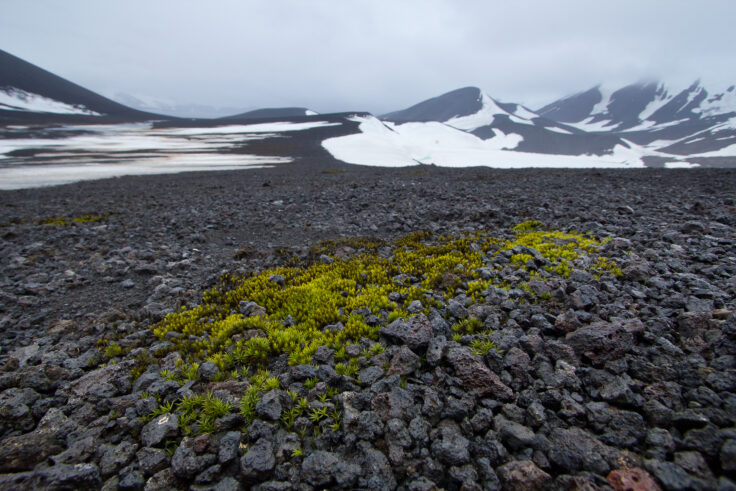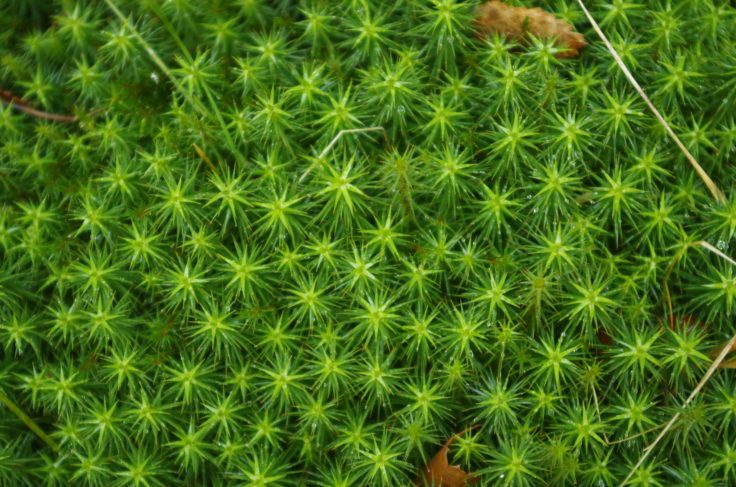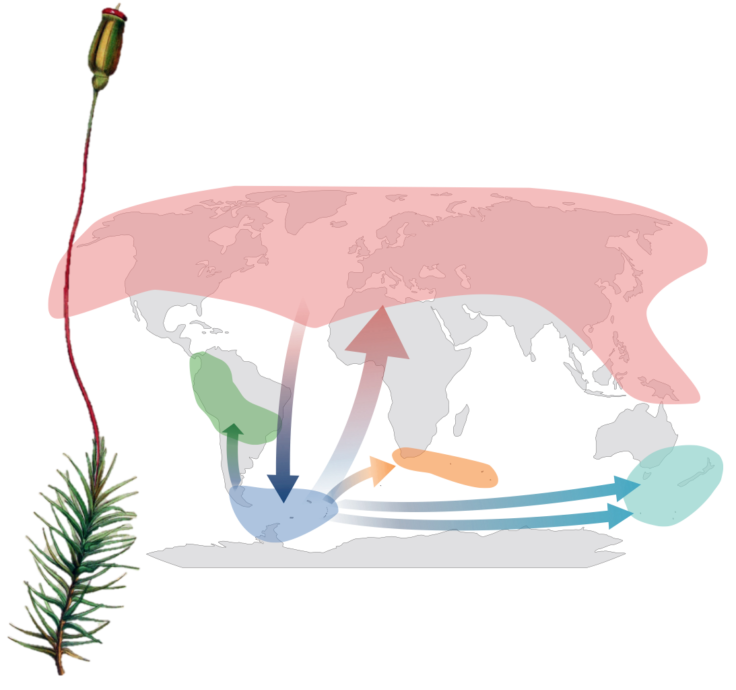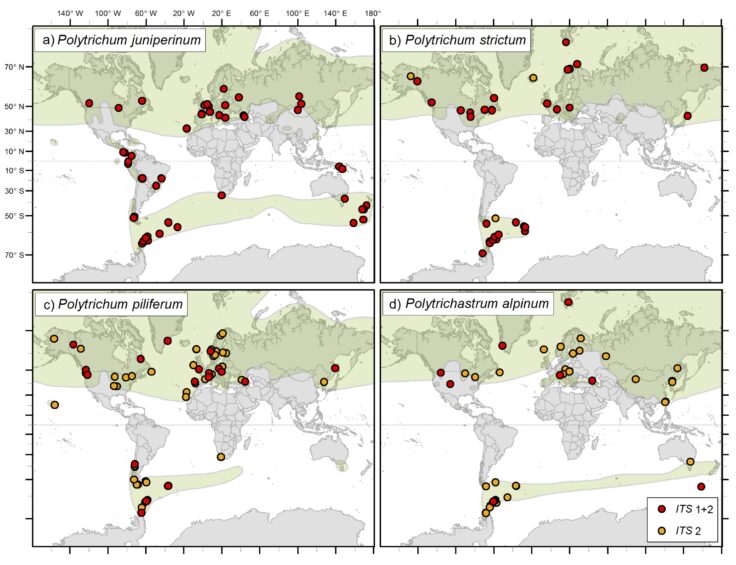New study explains moss migration across the globe
A new study on mosses found in the polar regions reveals when and how often they have migrated across the Equator.
Mosses are the dominant flora in Antarctica, yet little is known of when and how they got there. The majority of Antarctica’s moss flora (~45% of species) has a curious distribution pattern – a pattern with species only occupying regions in the high latitudes of both hemispheres, with no or very small populations at higher elevations in the tropical regions. This non-continuous distribution pattern has puzzled scientists, including biologists such as Darwin and Wallace, since the 19th century.
A recent large-scale genetic study by researchers from British Antarctic Survey (BAS), the University of Cambridge, and the University of Helsinki and Turku in Finland investigated the origin of the ‘bipolar’ distribution pattern in four common moss species. The study of over 250 samples finds that the driver of these bipolar patterns is long-distance dispersal. This is the likely result of a spore or other reproductive plant part crossing the equator, either via winds or animals e.g. migratory birds.

Lead author Dr Elisabeth Biersma from BAS says: “We know that it is very difficult for spore-dispersed plants to cross the Equator due to a strong barrier of generally upwelling wind in that region. However, we found that occasionally they manage to successfully cross this boundary, and establish themselves on the other side.”
Nevertheless, the study found that such inter-hemispheric dispersals are rare events, occurring on multi-million year timescales, also illustrating the difficulties for plants to make such long journeys.
North to south, or south to north?
Three out of the four species that were studied moved from the north to the south, however, one species, currently a particularly common species in the Holarctic (Polytrichum juniperinum), showed the opposite pattern. Even though the main distribution of P. juniperinum is currently in the Northern Hemisphere, the analyses suggest the moss originated in the Antarctic region (Antarctic, sub-Antarctic and southern South America), and from here colonised both the entire boreal regions of the Northern Hemisphere, as well as other Southern Hemisphere regions such as Australasia and South Africa. The team used population genetic methods and molecular dating techniques to identify the origin and timing of the species
‘You might have noticed the lovely star-like shape of Polytrichum juniperinum on a walk outside in the British countryside,’ adds Dr Biersma. ‘Well, next time you see one you may realise you’re actually looking at a migrant from the other end of the world, which has only colonised the boreal regions in the last couple of thousand to million years!’

Polytrichum juniperinum also has some small populations in mountainous regions of northern South America, which could have acted as cold habitat stepping-stones to get from one hemisphere to the other across the equator. However, the study found this was not the case, and that these populations were in fact derived from a separate dispersal event from the south.
Global biogeography of the bipolar moss Polytrichum juniperinum reveals its origin in the far south of the Southern Hemisphere. The world map represents the present-day distribution of P. juniperinum.

Persistence in Southern Hemisphere glaciated regions
The study also found that all mosses had been present in the far south (Antarctic or southern South America) well before the Last Glacial Maximum (18-20 kya) and previous glaciations. These regions are thought to have experienced extensive glaciations throughout these glacial cycles, complicating survival for these plants. The findings of this study suggest that plants must have been present here, despite the harsh conditions throughout these glacial periods.

Global Biogeographic Patterns in Bipolar Moss Species by Elisabeth M. Biersma, Jennifer Jackson, Jaakko Hyvönen, Satu Koskinen, Katrin Linse, Howard Griffiths and Peter Convey is published in Royal Society Open Science here